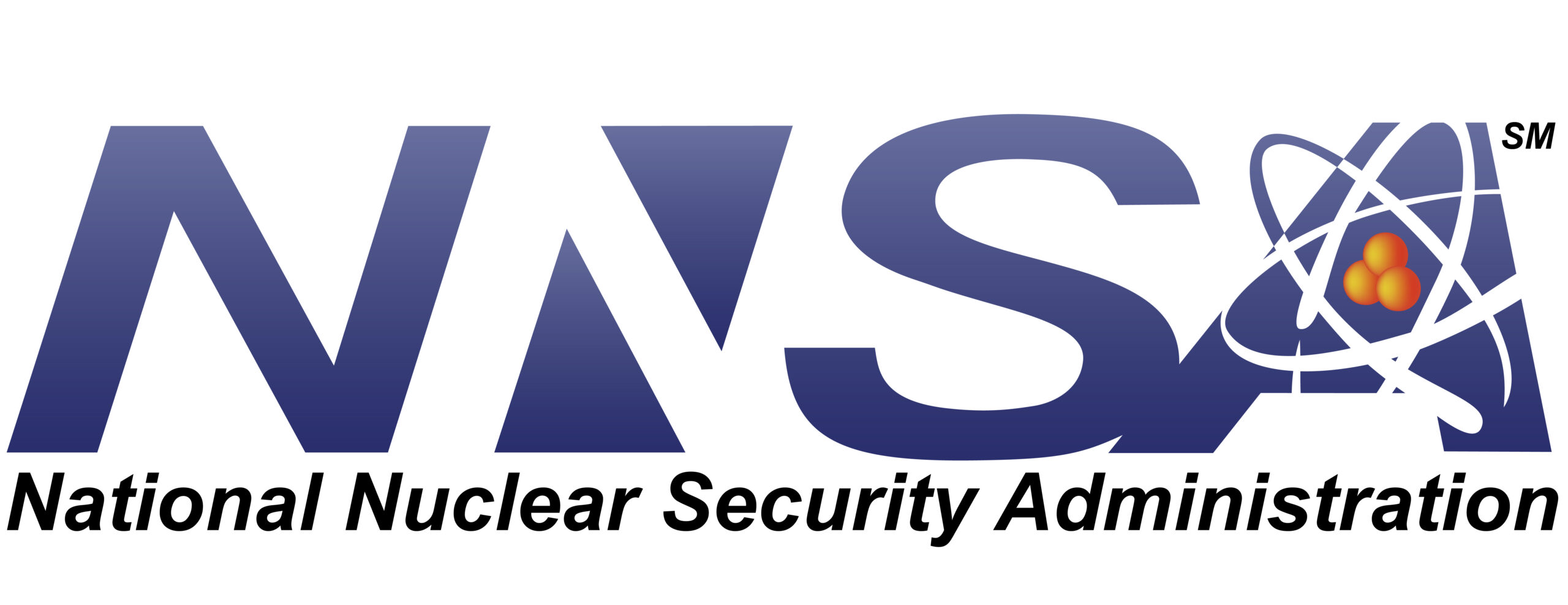
Nuclear Security & Deterrence Monitor Vol. 28 No. 39
Visit Archives | Return to Issue PDF
Visit Archives | Return to Issue PDF
Nuclear Security & Deterrence Monitor
Article 1 of 11
October 11, 2024
NNSA, antis, get more time to negotiate agreement after agency loses pit lawsuit

A judge Monday granted an extension for parties involved in a three year-old lawsuit against the Department of Energy to reach a compromise, a court document shows.
The new due date for a joint proposal by both parties is Oct. 25, according to a filing in the case.
Judge…
Partner Content